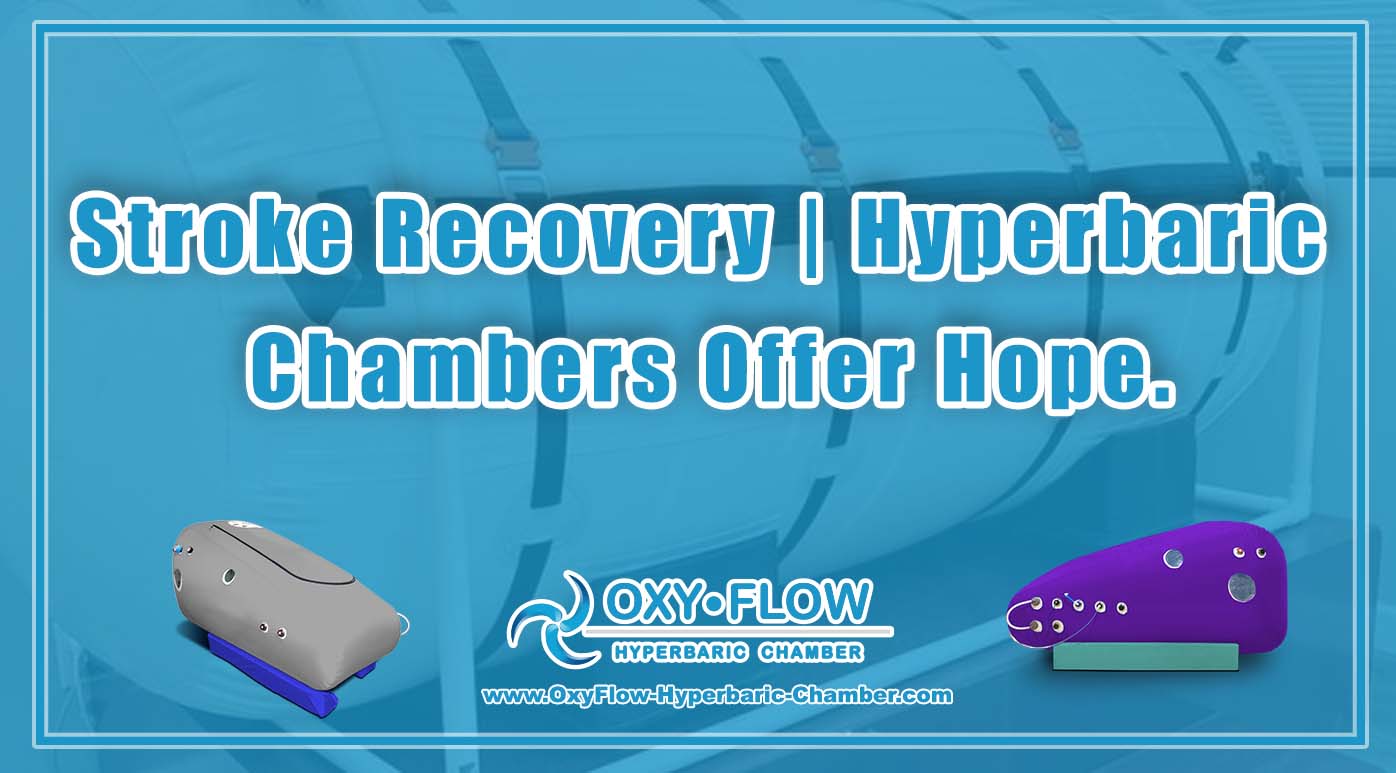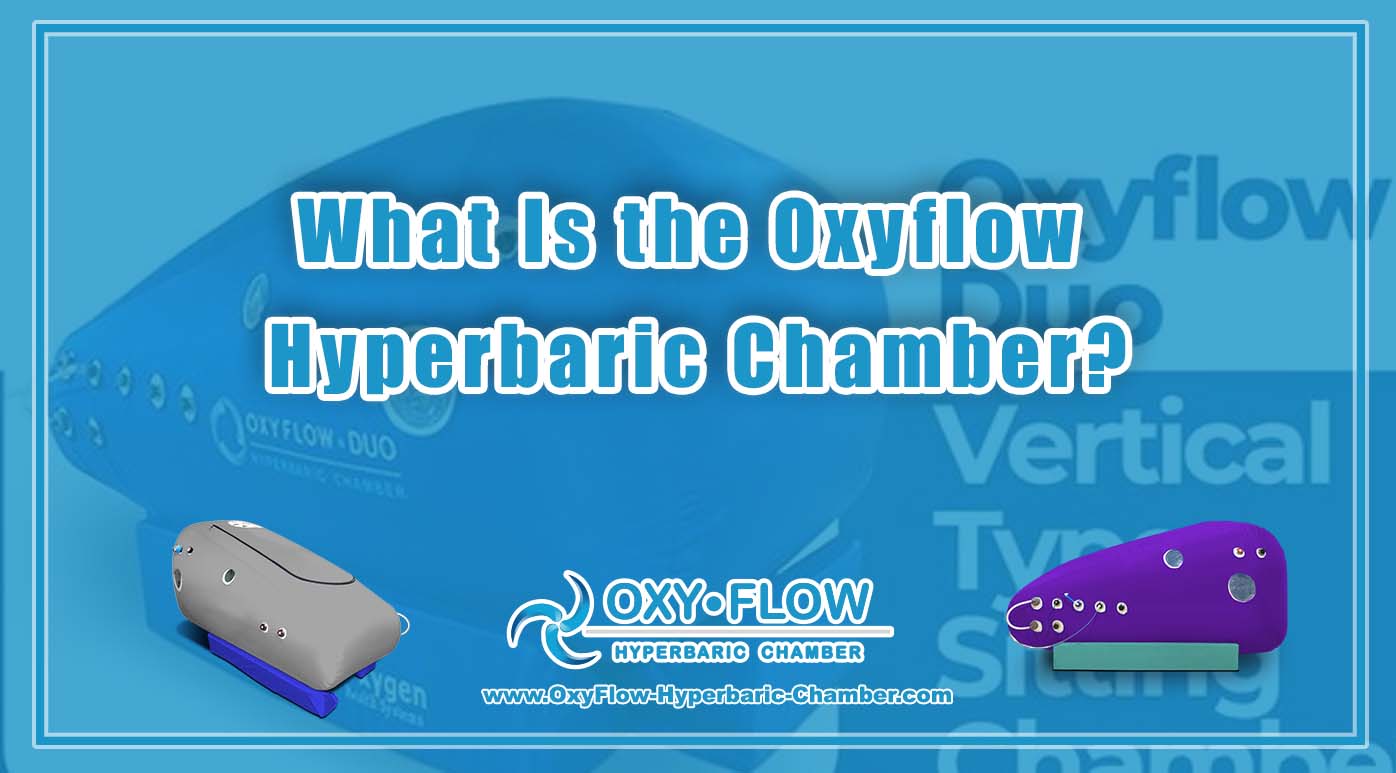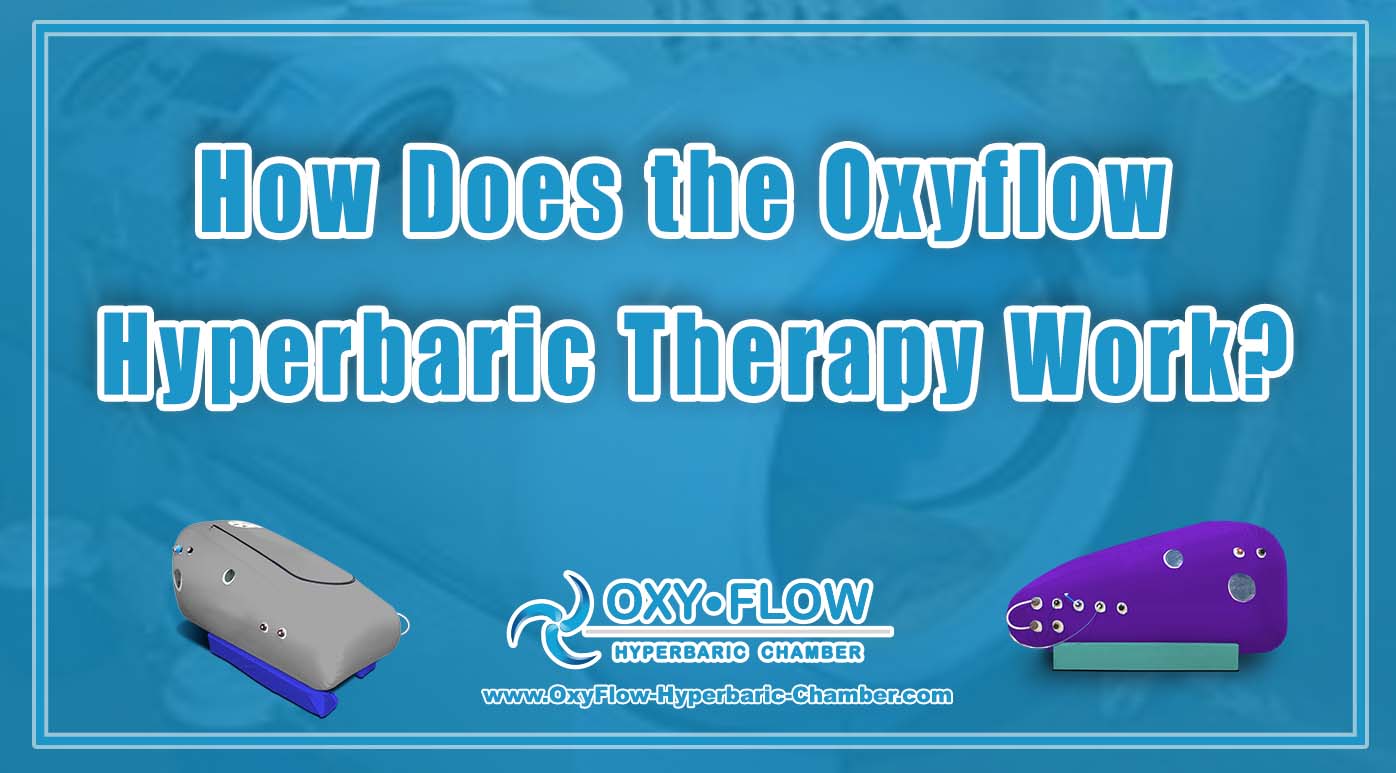
Stroke Recovery | Hyperbaric Chambers Offer Hope.
Stroke Recovery | Hyperbaric Chambers Offer Hope.

Introduction
In the United States, a stroke occurs every 40 seconds, totaling nearly 800,000 individuals each year. Surviving a stroke is one thing, but the journey to recovery is often complex and challenging. Fortunately, advancements in medical technology have paved the way for innovative treatments that offer hope to stroke survivors. One such treatment that has shown promising results in stroke recovery is hyperbaric oxygen therapy (HBOT).
Stroke Recovery Understanding Stroke
A stroke is a medical emergency that occurs when there is a disruption in blood flow to the brain. This interruption deprives brain cells of oxygen and essential nutrients, leading to cell death within minutes. The aftermath of a stroke can vary widely depending on the severity and location of the brain damage. Common consequences of a stroke include paralysis, impaired speech and motor function, memory loss, and cognitive deficits.
The Road to Recovery
Stroke recovery is a complex and multifaceted process that often involves a combination of physical therapy, speech therapy, occupational therapy, and medical interventions. The brain has a remarkable ability to rewire itself and form new neural connections, a phenomenon known as neuroplasticity. This neural plasticity forms the basis for rehabilitation strategies aimed at helping stroke survivors regain lost function and independence.
The Role of Hyperbaric Oxygen Therapy in Stroke Recovery
Hyperbaric oxygen therapy (HBOT) is a non-invasive treatment that involves breathing pure oxygen in a pressurized chamber. This increased pressure allows for higher concentrations of oxygen to dissolve in the bloodstream, promoting accelerated healing and tissue regeneration. HBOT has been used for decades to treat various medical conditions, including decompression sickness, carbon monoxide poisoning, and non-healing wounds. Recent research indicates that HBOT may also benefit stroke survivors by enhancing neurological recovery and improving cognitive function.
How Hyperbaric Chambers Work
Hyperbaric chambers come in different designs, but they all operate on the same principle of delivering high-pressure oxygen to the body. During a hyperbaric oxygen therapy session, the patient breathes 100% oxygen while inside the pressurized chamber. The increased oxygen levels in the blood help reduce inflammation, promote the growth of new blood vessels, and stimulate the release of stem cells, all of which contribute to the healing process.
Benefits of Hyperbaric Oxygen Therapy for Stroke Recovery
- Improved Neurological Function : Studies have shown that HBOT can help reduce brain inflammation, protect nerve cells from further damage, and promote the regeneration of healthy brain tissue.
- Enhanced Cognitive Abilities : Hyperbaric oxygen therapy has been linked to improvements in memory, attention, and overall cognitive function in stroke survivors.
- Faster Recovery : HBOT can accelerate the healing process by increasing oxygen supply to damaged tissues and promoting the formation of new blood vessels.
- Reduced Disability : By supporting brain repair mechanisms, hyperbaric chambers may help minimize long-term disability and improve the quality of life for stroke survivors.
Patient Testimonials
Many stroke survivors who have undergone hyperbaric oxygen therapy report significant improvements in their condition following treatment. Patients often describe feeling more energetic, experiencing enhanced mental clarity, and noticing gains in mobility and coordination. These testimonials highlight the potential of hyperbaric chambers to offer hope and healing to individuals grappling with the aftermath of a stroke.
Conclusion
In the realm of stroke recovery, hyperbaric oxygen therapy stands out as a promising treatment option that holds the potential to transform lives. By harnessing the healing power of oxygen under pressure, hyperbaric chambers offer a safe and effective means of supporting neurological recovery and enhancing cognitive function. While more research is needed to fully understand the mechanisms behind HBOT


